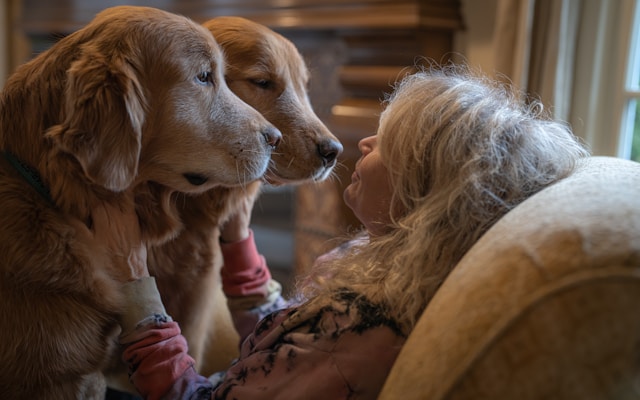
If you ask most seniors what brightens their days, a loyal dog or a purring lap cat will probably make the list. Pets have a funny way of keeping our hearts busy and our homes just a bit less quiet—especially as we age. But taking care of a furry friend can get tougher when mobility or memory aren’t quite what they used to be. The good news? With a few shifts and a dash of outside help, you can make sure your loved one keeps enjoying their beloved pet without feeling overwhelmed.
Start with a Little Real Talk
Before you jump in with advice (or a leash), have an honest chat with your loved one. What are they finding tricky these days? Is walking the dog getting harder, or is the litter box just too much to manage? Some folks will try to mask the struggle, so a bit of gentle encouragement goes a long way. Assure them this isn’t about taking their independence; it’s about keeping both them and their pet happy.
Set Up a Simple Routine
Routines work wonders for seniors and pets alike. If your loved one gets flustered by complicated steps, try dry-erase boards or sticky notes for reminders—like feeding times, walks, or medication for the animal. Automatic feeders and watering devices can help, and so can calling in a neighbor for the occasional walk or backyard play session.
Make the Home Pet-Friendly (and Senior-Safe)
Mobility shifts can sneak up on you. Clear floors to reduce the risk of tripping over pet toys (and sleepy animals), and choose pet beds or feeding stations at the right height so no one has to bend or stoop awkwardly. Litter boxes with low sides, lightweight leashes, or ramp steps to a favorite chair can make a world of difference.
Ask for Back-Up (It’s Not Cheating!)
Family, friends, and neighbors are usually glad to be occasional pet helpers. Enlist a high schooler down the street for walks or see if the folks in your loved one’s assisted living community offer pet support—it’s more common than you might think. Some communities actually have dedicated pet care options or host “yappy hours” and group dog walks to make things easier for pet owners.
Keep Vet Visits and Grooming on the Calendar
As much as we try to avoid it, pets do need regular health care just like people. Offer to help manage appointments, transportation to the vet or groomer, and any medications. Set reminders on your phone or theirs, and ask about low-stress, affordable options—many towns have mobile vets, nail-trimming clinics, or in-home grooming services for ease.
Don’t Overlook Emotional Benefits
Sometimes, just caring for a pet gives a senior a needed sense of purpose. Even a short stroll, a few minutes of brushing, or tossing a ball can lift a mood and chase off loneliness. If a health shift means the current pet is too much, consider smaller animals—like older rescue cats or birds—that bring joy with less physical effort involved.
Helping your aging loved one care for their furry friend isn’t just about dog walks or filling the food bowl. It’s about connection, comfort, and making sure every bark or purr continues to bring light—no matter the year on the calendar.
Leave a Reply